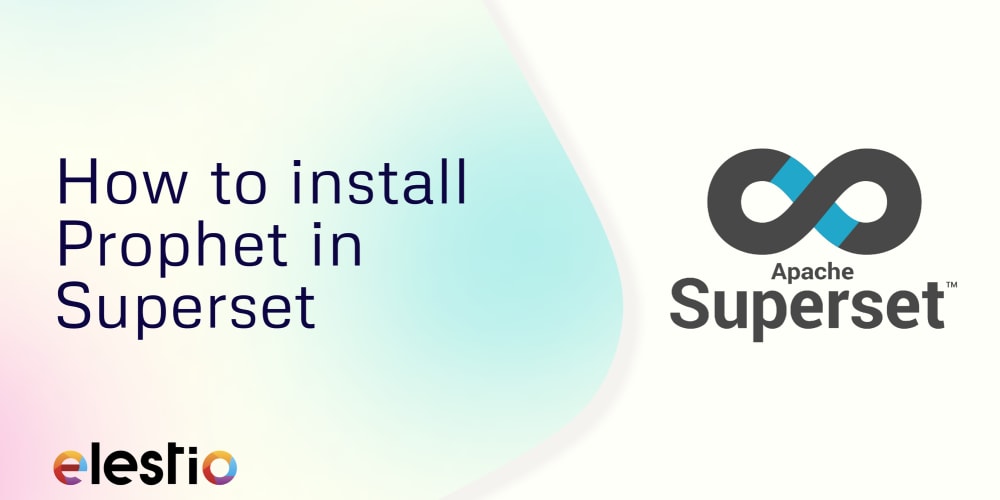Welcome to the world of programming! If you’re new to coding, you might be overwhelmed by all the new concepts and terminology. Don’t worry! Today, we’ll dive into one of the fundamental building blocks of programming—variables—and explore some new topics that will help you build a strong foundation in coding. Let’s get started!
What is a Variable?
A variable is like a labeled container that stores data for you to use and manipulate in your code. Think of it as a box with a name on it where you can put information like numbers, text, or other data.
Example:
score = 10 # Creating a variable named 'score' and assigning it the value 10
print(score) # Output: 10
Why Use Variables?
- Store Information: Variables keep track of data so you can use it later.
- Reuse Data: Store data once and use it wherever needed.
- Update Values: Change the stored data as needed.
How to Use Variables
Creating and Using Variables:
player_name = "Alice"
player_score = 25
print("Player:", player_name)
print("Score:", player_score)
Updating Variables:
player_score = 30
print("Updated Score:", player_score)
Exploring New Concepts
Now that you’ve got a handle on variables, let’s explore some additional foundational topics in programming.
1. Data Types
Variables can store different types of data. Understanding these types is crucial for managing and manipulating data effectively.
-
Integers: Whole numbers (e.g.,
10,-3) -
Floats: Decimal numbers (e.g.,
3.14,-0.5) -
Strings: Text (e.g.,
"Hello","Alice") -
Booleans: True or False values (e.g.,
True,False)
Example:
age = 25 # Integer
height = 5.9 # Float
name = "Alice" # String
is_student = True # Boolean
2. Basic Arithmetic Operations
You can perform basic arithmetic operations using variables to perform calculations.
-
Addition:
a + b -
Subtraction:
a - b -
Multiplication:
a * b -
Division:
a / b
Example:
a = 10
b = 5
sum = a + b
print("Sum:", sum) # Output: 15
3. Control Structures
Control structures help you manage the flow of your program based on conditions and repetition.
a. Conditional Statements:
Control the flow based on conditions using if, elif, and else.
Example:
temperature = 30
if temperature > 25:
print("It's hot outside!")
elif temperature > 15:
print("It's warm outside.")
else:
print("It's cold outside.")
b. Loops:
Loops allow you to repeat actions multiple times.
- For Loop: Iterates over a sequence (e.g., list, range).
- While Loop: Repeats as long as a condition is true.
Example of a For Loop:
for i in range(5):
print("Iteration", i)
Example of a While Loop:
count = 0
while count < 5:
print("Count is", count)
count += 1
4. Functions
Functions are blocks of code designed to perform a specific task. They help you organize your code and avoid repetition.
Defining a Function:
def greet(name):
return "Hello, " + name + "!"
Calling a Function:
message = greet("Alice")
print(message) # Output: Hello, Alice!
5. Lists
Lists are collections of items stored in a single variable. They can hold multiple values of different data types.
Creating and Using Lists:
fruits = ["apple", "banana", "cherry"]
print(fruits[0]) # Output: apple
# Adding an item to the list
fruits.append("orange")
print(fruits) # Output: ['apple', 'banana', 'cherry', 'orange']
Practice Exercises
To solidify your understanding, try these exercises:
- Create a Variable: Define a variable to store your favorite color and print it.
- Update Data Types: Create variables with different data types and print their values and types.
- Simple Calculator: Write a program that asks for two numbers and prints their sum, difference, product, and quotient.
- Control Flow: Write a program that checks if a number is positive, negative, or zero using conditional statements.
- List Operations: Create a list of your favorite movies, add a new movie, and print the updated list.
Conclusion
Understanding variables and the basics of data types, control structures, functions, and lists will give you a strong foundation in programming. These concepts are the building blocks for more advanced topics and will help you write more complex and efficient code. Keep practicing and experimenting, and you'll continue to grow as a programmer!
Happy coding!
1. Variables
2. Data Types
3. Control Structures
4. Functions
5. Lists
These resources offer detailed explanations, tutorials, and examples to help deepen your understanding of each topic. Happy learning!


















